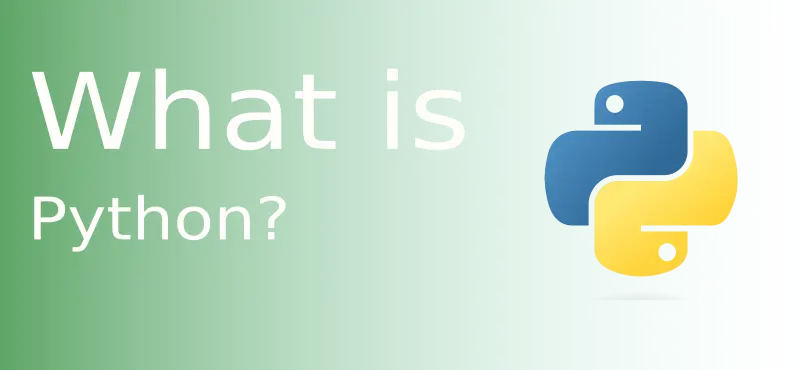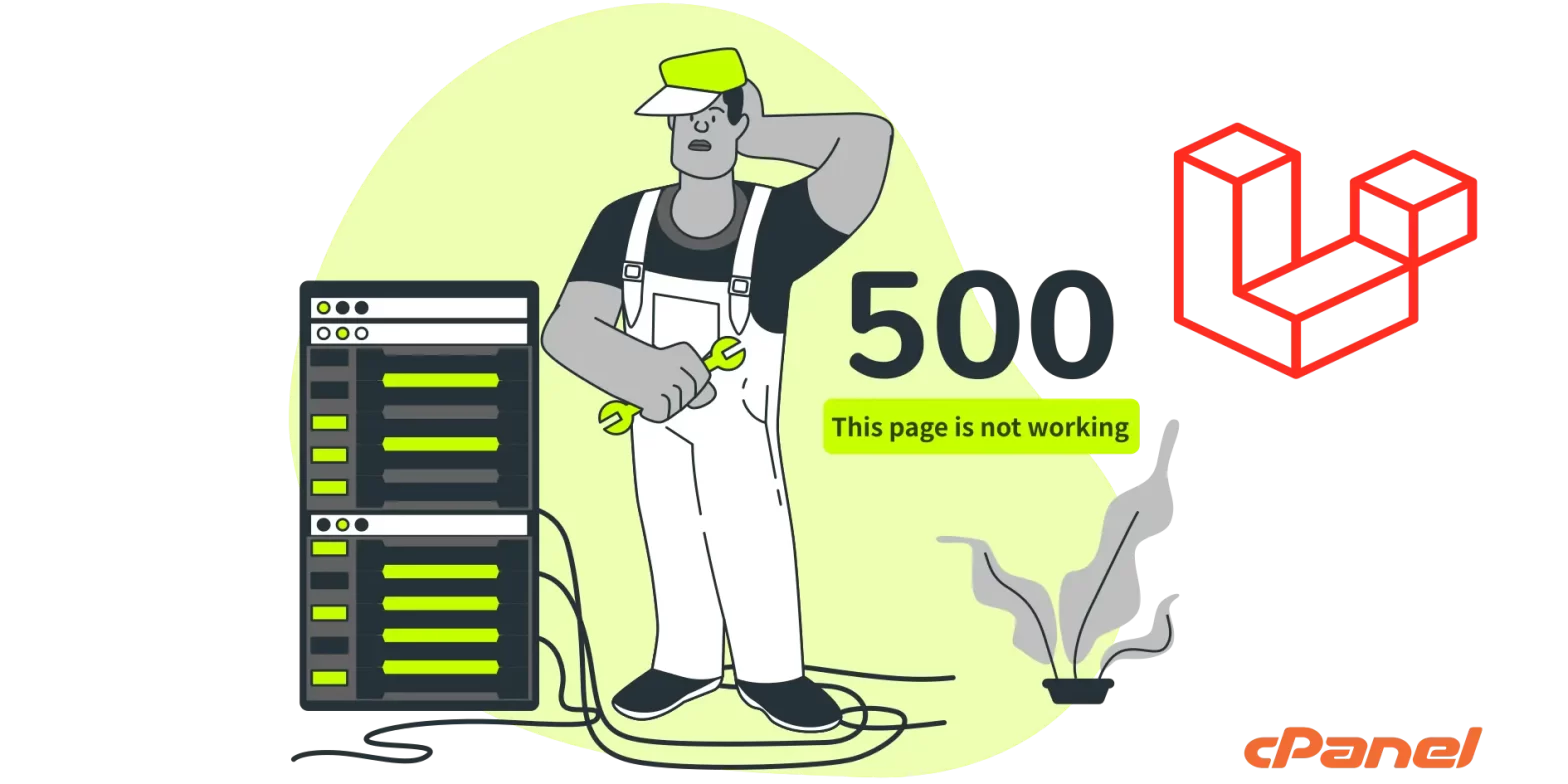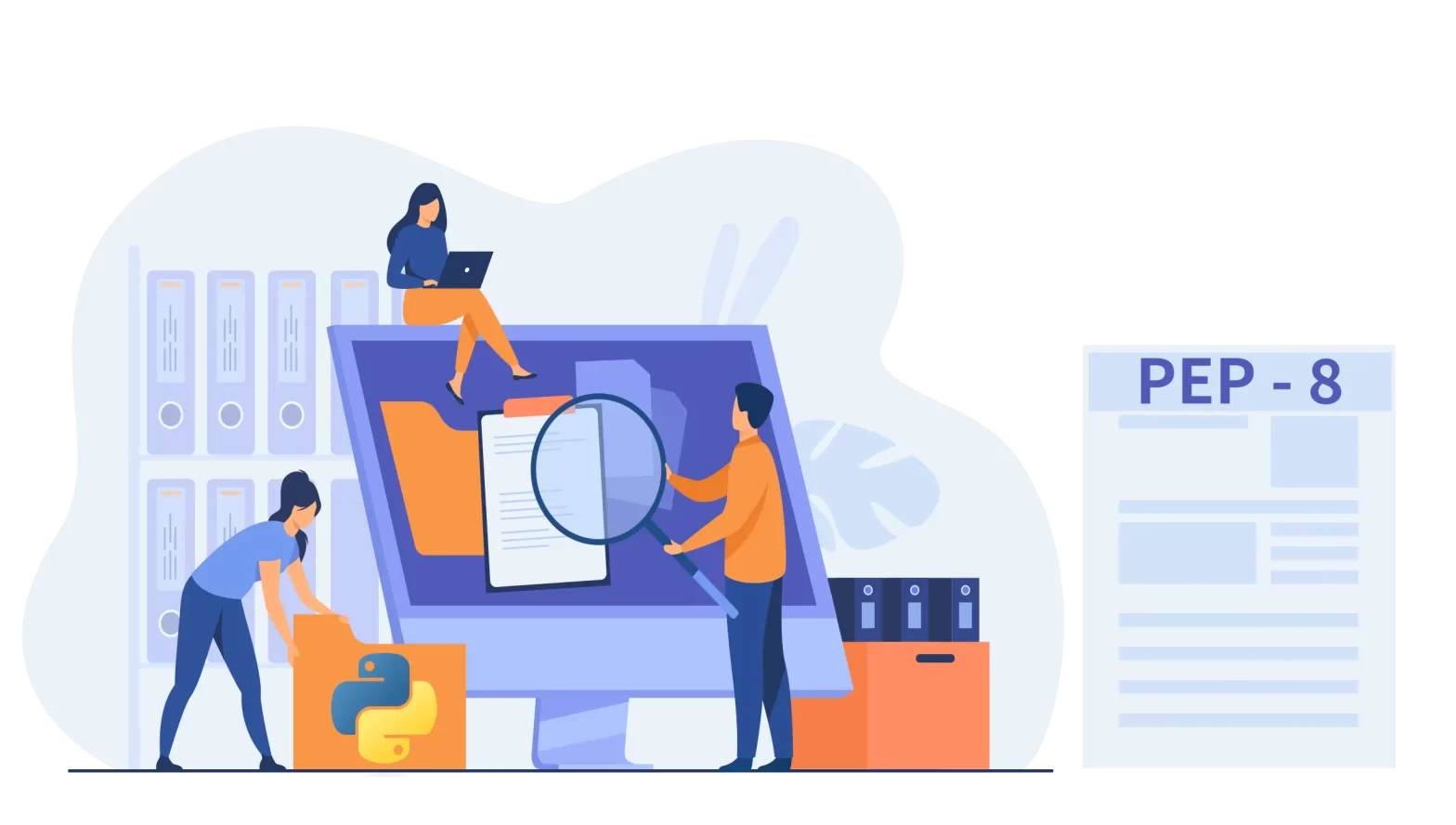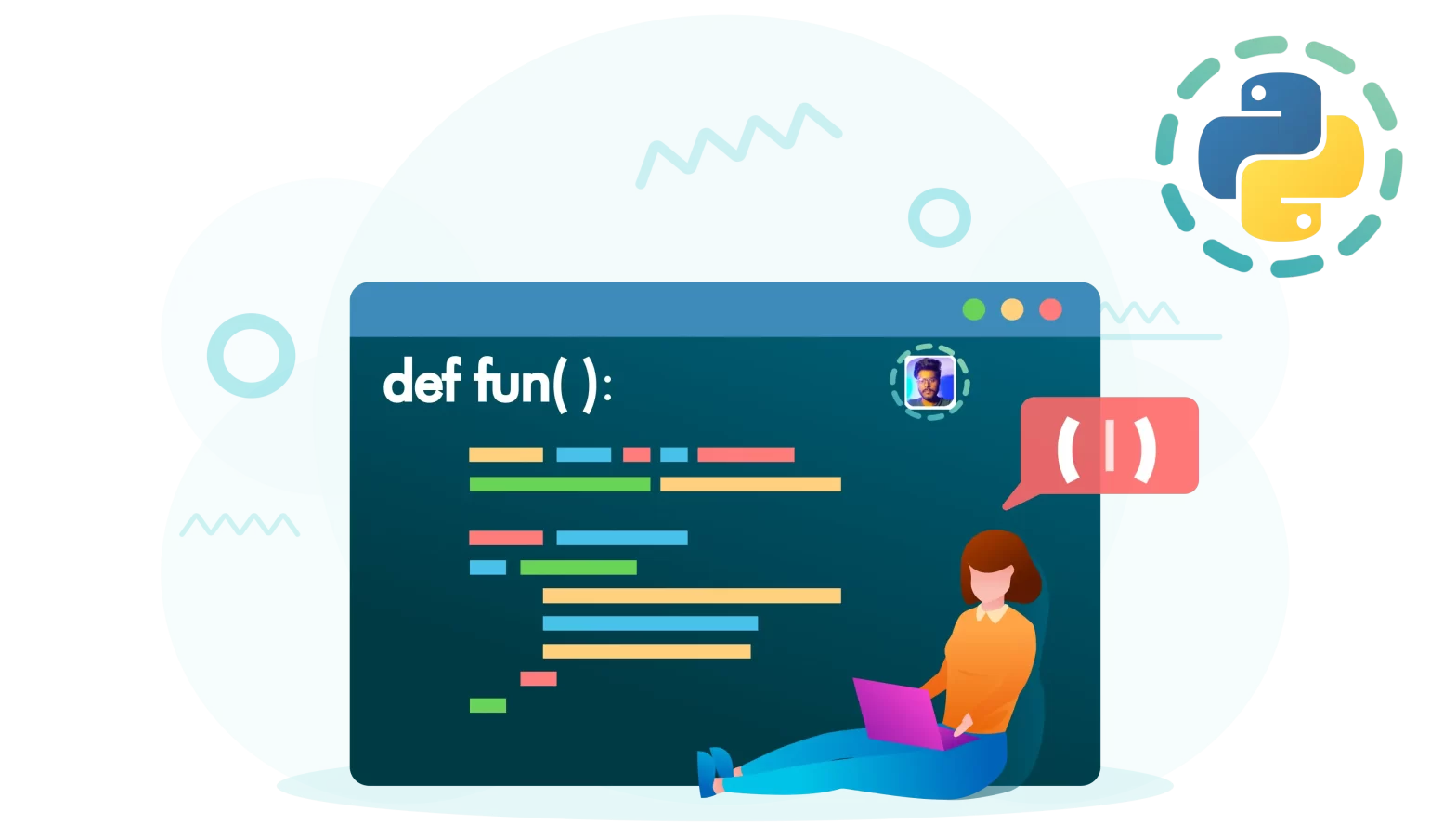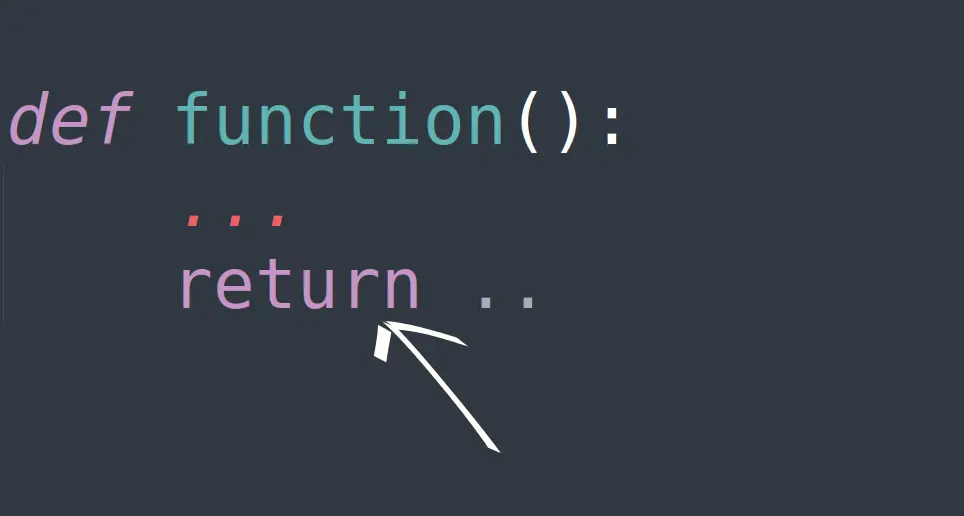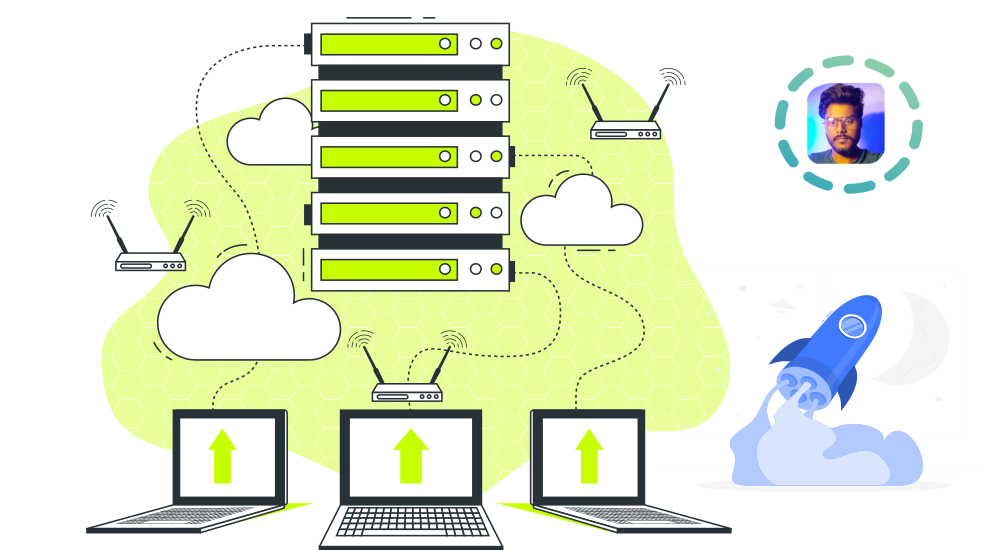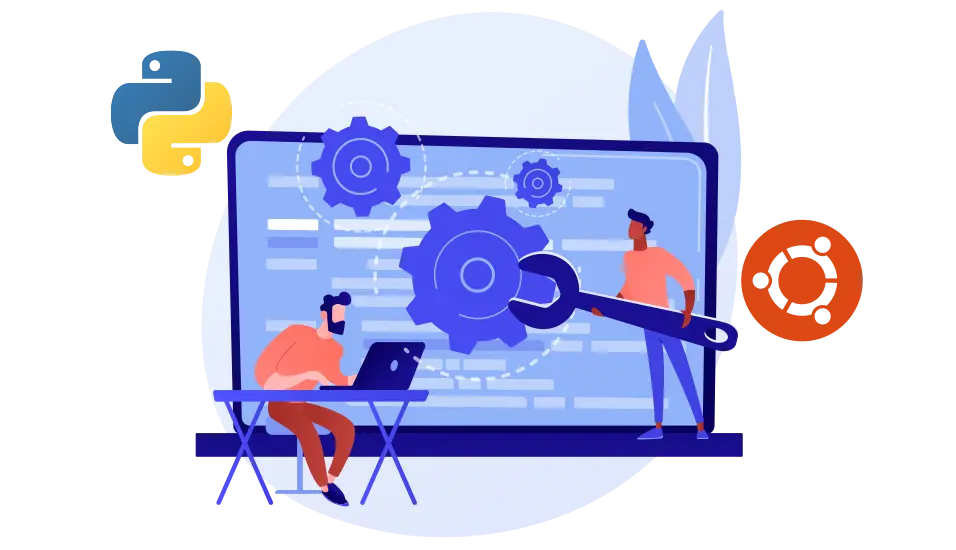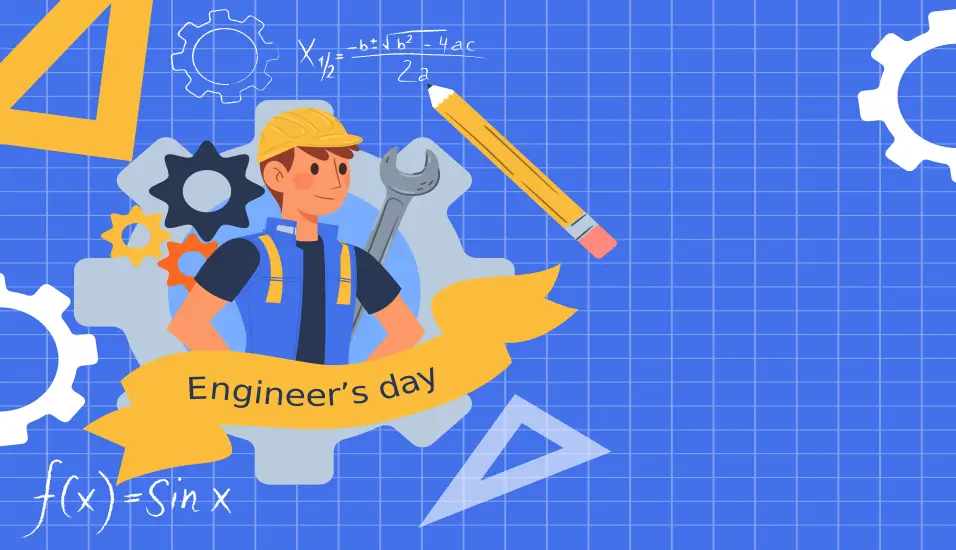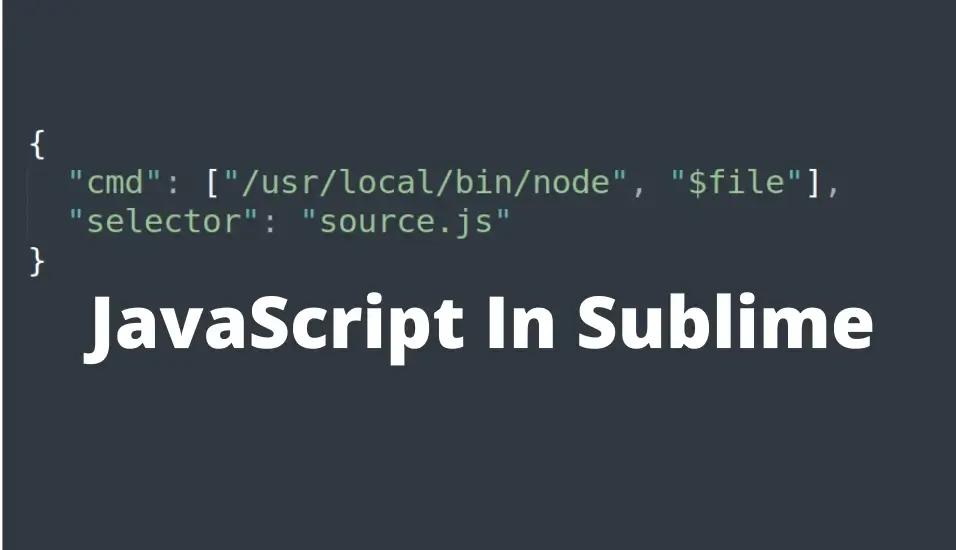What are the basic concepts of machine learning and algorithms
Last updated: September 13, 2024 By Sunil Shaw
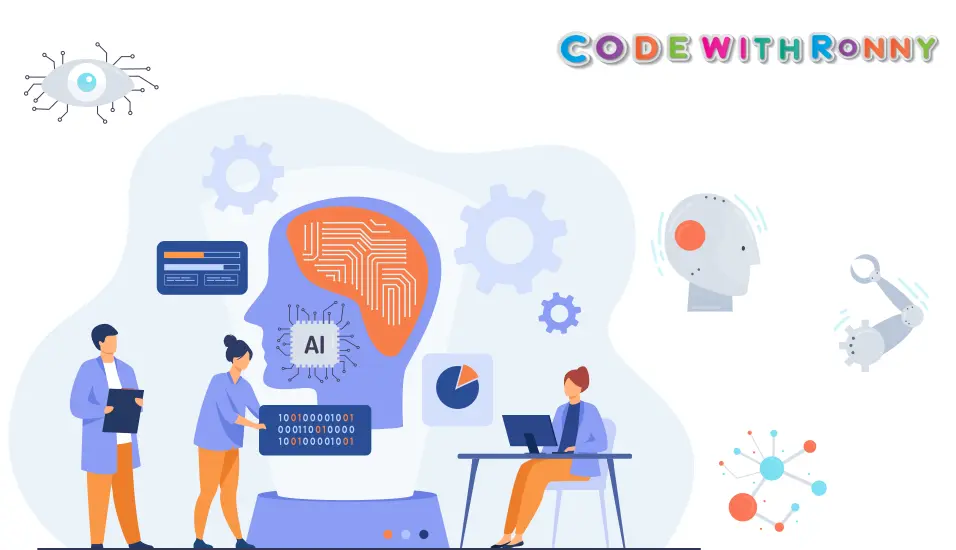
Machine Learning is all about learning from data without being explicitly programmed. In explicit programming, code is written for each specific scenario to handle it. However, in Machine Learning does not use this approach. Instead, you have some data and an algorithm. You instruct the algorithm to explore the data and identify patterns between the input and output. Once you identified the patterns, you provide new input to the algorithm to derive the output. In this article we will learn What are the basic concepts of machine learning and algorithms.
For example, Suppose you have written code for adding two numbers. Whenever you input two numbers into that program, it returns the sum. But in Machine Learning, what you do is provide data. You will give an Excel file in which the rows contain the numbers and their respective sum.
Whenever Machine Learning models train on that data, the model recognizes the pattern as an addition. After training, whether you input two, four, or ten numbers, your Machine Learning model knows that it has to perform addition. It adds all of them and provides you with the result. In contrast, with the code written for the sum of two numbers, if you input more than two numbers, the program won’t function since it is explicitly coded to perform the sum of only two numbers.
Why is machine learning getting popular in recent times
Machine Learning has become popular in recent years due to several key factors:
Advancements in Technology
The growth of computing power has been significant, particularly with the availability of powerful TPUs (Tensor Processing Units) or GPUs(Graphics Processing Units). This advancement has enabled the efficient processing of large datasets necessary for training complex machine learning models.
Rapid Generation Of Data
The Rapid Generation of data generated from various sources such as social media, sensors, IoT devices, and online transactions has provided a wealth of information for training machine learning algorithms. Developers can use this data to develop accurate and robust models.
Industry Adoption
Many industries have recognized the potential of machine learning to drive innovation, improve decision-making, and optimize processes. From personalized recommendations in e-commerce to predictive maintenance in manufacturing, businesses across sectors are integrating machine learning into their operations to gain a competitive edge.
What are the 4 basics type of machine learning
- Supervised Machine Learning
- Unsupervised Machine Learning
- Semi-Supervised Machine Learning
- Reinforcement Machine Learning
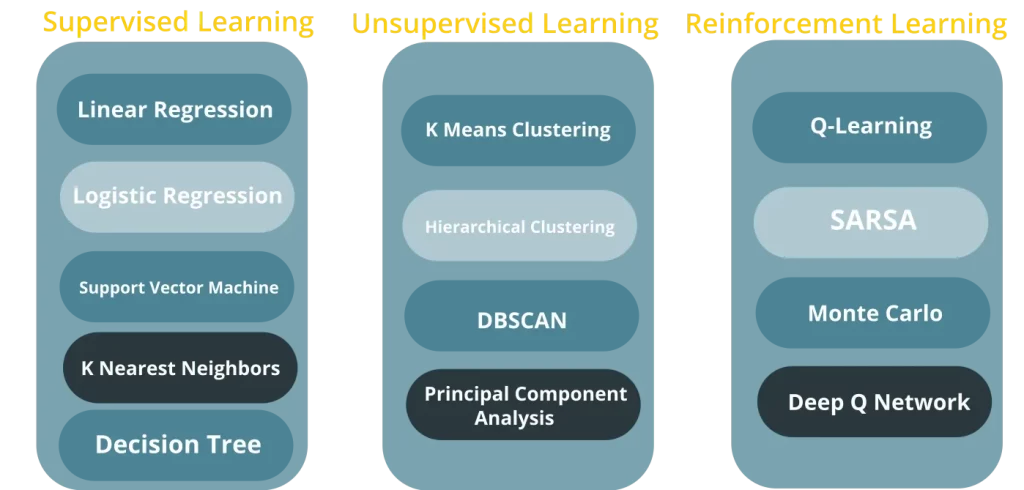
What is Supervised Machine Learning
Supervised Machine Learning as the name suggests you have to supervise your machine learning model while you train it to work on its own it requires labeled training data.
In supervised Learning you trains a model on lebel data. This data consists of inputs and desired outputs, which the model learns to map. Once you trained your model, you can used it to predict the output for new, unseen data.
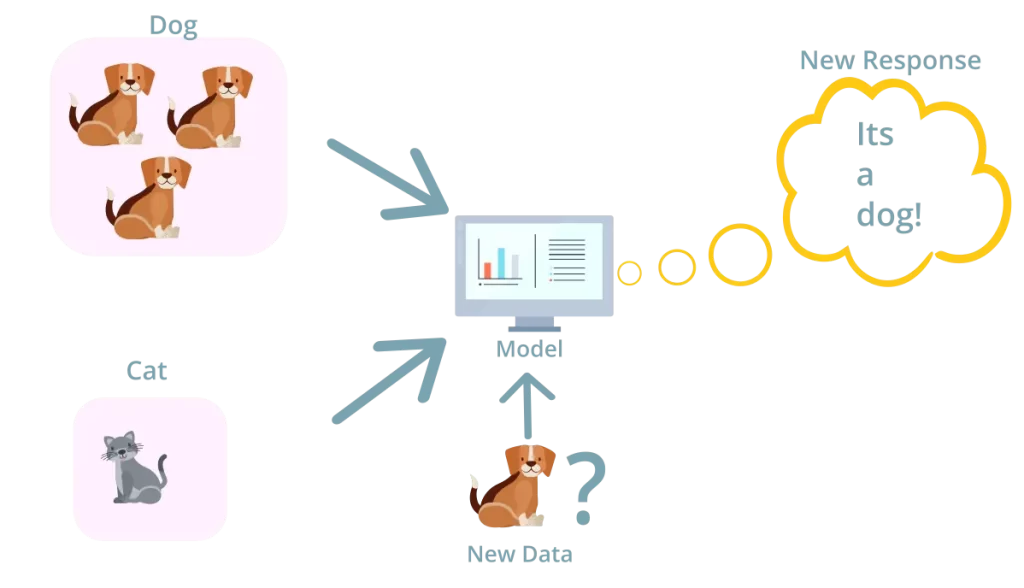
Example:- How supervised learning can be used. Imagine you’re training a model to classify images of cats and dogs. You would provide the model with a dataset of labeled images, where some images are labeled as Cat and others are labeled as Dog. The model would then learn the differences between cats and dogs. Once trained, you could then show the model a new image of an animal, and it would be able to predict whether the image is a cat or a dog.
What is Unsupervised Machine Learning With Real World Example
In Supervised Learning you trained the model on a dataset without labeled outputs. Unlike supervised learning, where the model learns from labeled examples, unsupervised learning tasks involve analyzing the input data to identify inherent patterns or structures autonomously. In this approach, the model explores the data without predefined categories or classifications, using techniques such as clustering to group similar data points together based on their features or characteristics. Unlike supervised learning,
Unsupervised learning has no feedback loop, meaning the model does not receive feedback on its predictions. Instead, it leverages the data’s inherent structure to uncover insights, making it particularly useful for tasks like data exploration, dimensionality reduction, anomaly detection, and recommendation systems. For instance, e-commerce platforms can utilize unsupervised learning algorithms to categorize products and make personalized recommendations to users based on their browsing or purchasing behavior.
How Unsupervised Machine Learning Works
Imagine You have a massive dataset containing a jumble of unlabeled images, including pictures of various fruits like apples, oranges, and bananas. and your task is to develop a system to automatically categorize product images without manually labeling them.
In this scenario, unsupervised learning comes into play. You can leverage a clustering algorithm to automatically group similar images. The algorithm would analyze the data, identifying features such as color, shape, and texture within each image. Based on these commonalities, the algorithm would group the images into distinct clusters.
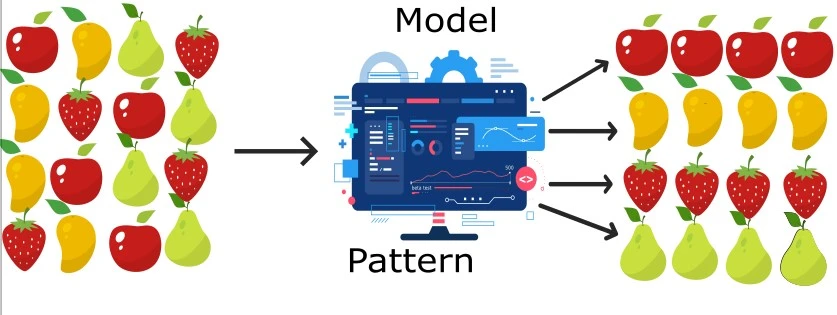
In the above image, The computer analyzes a series of apples, mangoes, raspberries, and Strawberries. The model is supposed to group these fruits based on similar visual characteristics. The text at the Bottom of the image says, “pattern,” which refers to the model’s ability to identify and cluster data points with shared features.
Use of Unsupervised Learning
Flipkart and other e-commerce platforms leverage unsupervised learning extensively. They can analyze vast customer data, including purchase history and browsing behavior, to identify product recommendations or predict future buying trends. It’s a powerful tool for understanding customer preferences and personalizing the shopping experience.
Semi-Supervised Learning
Semi-supervised learning is a machine learning paradigm combining supervised and unsupervised learning techniques. In supervised learning, we rely on labeled data to train models, whereas, in unsupervised learning, we work with unlabeled data to identify patterns or clusters. Still, in semi-supervised, we work with both labeled and unlabeled data.
Semi-supervised learning offers a promising way to improve machine learning models by effectively utilizing both labeled and unlabeled data
Two approaches to Semi-Supervised Learning
- Inductive Approach: Focuses on learning a general function from labeled and unlabeled data to predict new or unseen instances.
- Transductive Approach: Aims to predict labels for specific unlabeled instances based on the available data.
Example of semi-supervised machine learning
Imagine you have a small labeled dataset of 100 emails tagged as “spam” or “not spam” and a larger unlabeled dataset of 400 emails.
In a traditional supervised approach, you used only the labeled dataset to train a classifier. However, in semi-supervised learning, you leverage both datasets. Initially, you train a basic classifier using the labeled data. Then, you use this classifier to predict labels for the unlabeled data. These predicted labels are combined with the original labeled dataset through a process called pseudo-labeling.
Finally, the combined dataset is used to retrain the classifier. This iterative approach can improve the classifier’s performance by leveraging the additional information from the unlabeled data, potentially enhancing its ability to generalize to new emails
What is Reinforcement Learning in Machine Learning With Example
Reinforcement learning is a type of machine learning where an agent learns to make decisions through dynamic interactions with its environment. Unlike supervised and unsupervised learning, which rely on labeled or unlabeled data. It focuses on learning optimal actions by receiving feedback in the form of rewards or penalties based on the consequences of its actions.
Let’s learn from a real-life example how reinforcement learning works
A newborn Baby learns from touching a burning candle. Reinforcement learning involves a system that learns from its interactions with the environment. Just as a child learns to associate a flame with harm after experiencing pain, the system learns from the feedback given during its interactions. For example, if the system misidentifies a fruit as a mango instead of an apple, it receives feedback to correct its mistake. The system gradually improves its ability to make accurate identifications through these feedback loops, just as a child learns from its mistakes and adjusts its behavior accordingly. This process highlights the iterative nature of reinforcement learning, where the system continuously learns and adapts based on its experiences, increasing its decision-making ability over time.
What is Regression In Machine Learning With a Example
Conclusions
In this article we learned What are the basic concepts of machine learning and algorithms.
About Author
I am a Web Developer, Love to write code and explain in brief. I Worked on several projects and completed in no time.
View all posts by Sunil Shaw




